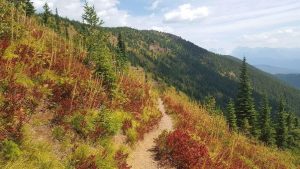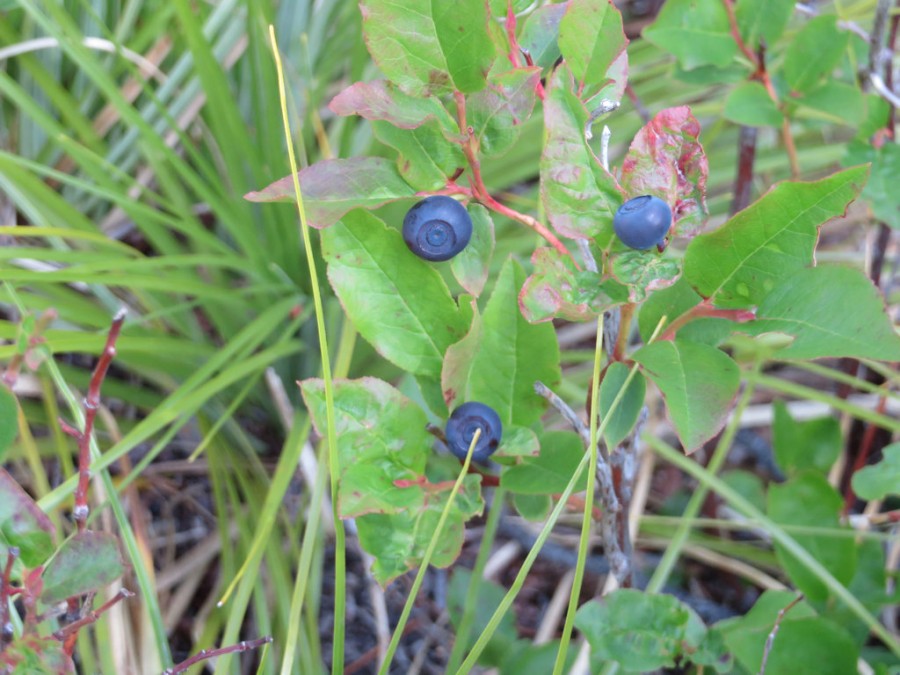
Researchers have developed a new tool to spot huckleberry patches in Glacier Park . . .
The average huckleberry is about as big around as a pencil eraser. But now we can spot them from space.
Several years of refinement have allowed researchers in Glacier National Park to tease apart landscape photos and pinpoint huckleberry patches. The method works on both aerial and satellite photos.
That could qualify as classified intelligence for some secrecy-bound huckleberry hunters. U.S. Geological Survey research ecologist Tabitha Graves and biologist Nate Michael joked they could be endangering themselves by revealing berry hot spots.
